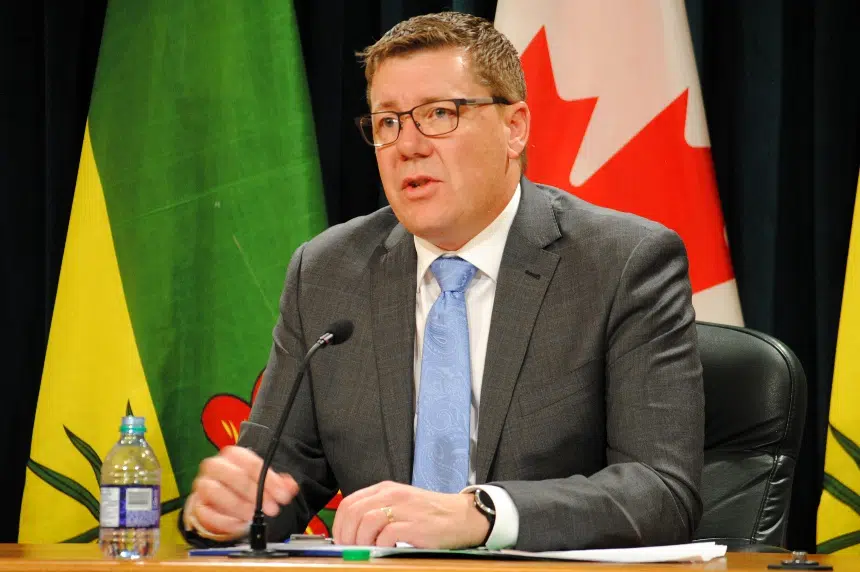Current and former federal ministers lash out against Premier Moe

After weeks of back and forth between the federal government and the Sask. Party on accusations of federal workers going onto private farmland without permission to take water samples, Canada’s current and former environment ministers are firing back at Premier Scott Moe.
Former Minister of Environment and Climate Change of Canada, Catherine McKenna, took to Twitter to say Moe chooses to make up false narratives to then “slam and discredit” the federal government while eroding democracy in the process by spreading conspiracies.
These allegations came as current Minister of Environment and Climate Change of Canada, Steven Guilbeault, said Moe is politicizing water testing and that his actions are irresponsible and dangerous for federal workers who are just doing their jobs.
Guilbeault made these comments as he referenced a Leader-Post article claiming the Sask. Party knew water testing would be taking place around the province and that Moe acted in political theatre.
“I hope the Saskatchewan government will apologize to the dedicated workers in our science and tech branch that are keeping Canadians safe and healthy,” Guilbeault said online.
On Aug. 21, Saskatchewan’s minister responsible for the Water Security Agency, Jeremy Cockrill, accused federal government representatives of not requesting permission to enter private land in Saskatchewan to perform water testing.
The day before Cockrill sent that letter, an Order in Council was passed in Saskatchewan to add federal government workers as an entity to which The Trespass to Property Act applied.
Guilbeault, in his letter, called Cockrill’s letter “very public and very frank.”
The federal minister had said there are strict protocols in place that scientists must follow to make sure water sampling is done within the law.
“If a federal scientist inadvertently encroached on private land without permission, this matter can surely be handled in a mature and informed manner,” wrote Guilbeault.
Guilbeault said Environment Canada is reviewing its sampling protocol and looks forward to working with the provincial government to better understand the recent Order in Council rule change.
The back and forth between political leaders reached new heights on Saturday morning as McKenna claimed on Twitter that she has many stories regarding Moe taking the chance to discredit the federal government whenever given the opportunity,
980 CJME has reached out to the provincial government for comment on the posts being made online.







